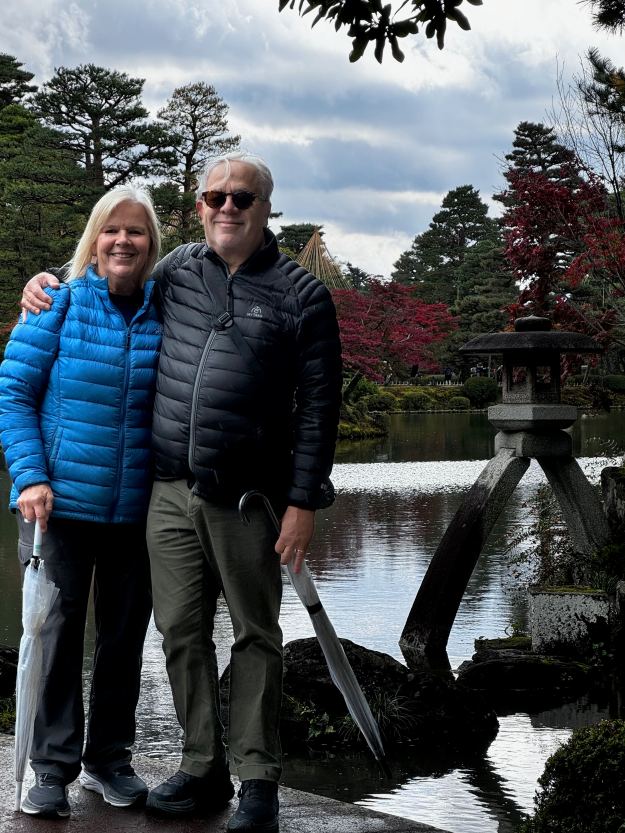In March, Ed and I spent six magical days in Mexico City. A highlight was Lucha Libre – a uniquely Mexican wrestling show featuring acrobatic men in brightly colored masks and very small Speedo-like briefs.


It was a choreographed spectacle featuring good vs. evil-–the team of good guys wore brightly colored outfits with glitter and sequins, while the bad guys wore black leather and extreme facial hair.


The auditorium was packed with 8,000 fans – who screamed in unison — “Yea!” for the good guys and “Booo!” for the evil ones. Reminiscent of Cirque du Soleil, the wrestlers flew through the air, flipped each other so they landed on their back with a thud, and played to the audience.

Before the show, we attended an “Air BnB Experience” orientation session at a local taqueria, where a devoted fan explained Lucha Libre to us and 15 other guests. Also attending were 7 gals from a bachelorette party and two families with kids. We learned that each wrestler spent at least three years studying the art of this type of wrestling before their first performance. The most experienced men wrestled as their full time job, while less experienced men held day jobs and Lucha Libre is a side gig.


Museums Beckon
In addition to wrestling, the city boasts fabulous museums. The Museo Nacional de Antropología, which just celebrated its 60th birthday, displays an enormous collection of fabulous archeological sculptures and artifacts. We said hello to its most famous exhibit, the Aztec Sun Stone.

Jan remembers seeing this in 1964, the year the museum opened. Her father purchased a replica from a local tourist shop and prominently displayed it in Jan’s childhood home.
Other ancient sculptures were also incredible.


We saw a replica of Montezuma’s Headdress (the original is in Vienna), and wondered, “Who wore it best?”



A Visit to Frida’s House
The Frida Kahlo museum known as “Casa Azul” was very moving. Frida was born in this house, later lived here with Diego Rivera, and eventually died here.


The house was filled with a surprisingly large number of original paintings, her wheelchairs, clothing, orthopedic paraphernalia and painting supplies. It was very well curated and preserved.

Although timed tickets were usually required to be purchased in advance, we got in right away since we had cash for our entry tickets. Nice!
Thank You, Carlos Slim
The Museo Souyma was a beautiful surprise. Not only is it an architectural masterpiece, it is free, due to the generosity of Carlos Slim, a very, very wealthy Mexican businessman. He acquired all of the art and created this musuem in honor of his late wife.

We were blown away by the architecture and the extent of the collection, including several Monet, Degas, and Van Gogh paintings we had never seen before and numerous Rodin sculptures. It is truly a gift to the citizens of Mexico City.


Ruins Abound
We took a morning tour to Teotihuacán, a major archeological site 25 miles Northeast of the city. Built starting in 100 BCE, it was a major area of commerce, and the largest city in the Americas before it collapsed around 550 CE. It’s well known for the Pyramid of the Sun and the Pyramid of the Moon.
Climbing the pyramids is not for the faint-hearted. Early builders did not believe in handrails, so Ed and I had to tread carefully on the way up and down! This type of climbing was much easier when we visited the ruins at Tikal in Guatemala in 1979–aging is not for sissies!


On top of one pyramid, we met a new friend who ‘assumed the position’ with us.

Delicious Dining
Mexico City is known as a food ‘Mecca’. Our daughter’s friend, a long time resident of the City, supplied a list of restaurants. We followed the list with mouth watering anticipation and it did not disappoint! We loved Contramar, a hip scene with fresh. exquisite seafood.


The rooftop bar at Balmori was scenic and yummy.



We were underwhelmed by our 2 star Michelin experience at Pujol, and preferred the food on the “Secret Food Tour.” Here, we tried various versions of mole enchiladas, tacos al pastor, churros, baked goods, and gourmet candies.






Beautiful Trees and Medians
The greenery surrounding the Mexico City boulevards was spectacular. The Jacaranda trees were in full bloom and the medians were lush with green shrubs and flowers.


Cafe culture is everywhere. We were never far from an inviting sidewalk cafe with delicious coffee drinks, cocktails, and treats.

Google maps was helpful for walking directions. And, Ed asked ChatGPT to design some walking tours for us in neighborhoods with interesting architecture. Who needs a guidebook, with this in your pocket?
We loved our 6 days in Mexico City and hope to return. We spent most of our time in the Condesa, Roma Norte, Polanco, Coyoacán, and Centro Historico districs. All were interesting. We were pleasantly surprised by how easy it was to get around as Uber was cheap, quick and safe. Our boutique hotel was charming and very centrally located. We could have spent many more weeks there, sampling additional cuisine, visiting more museums and enjoying the overall ambiance. We only touched the surface of this World Class City. Gracias Ciudad de México!































































































































































































































































































